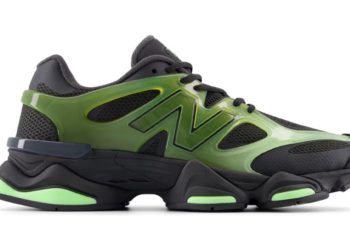All of our design decisions that are not combatting climate change, are making the living conditions of all non-humans and humans worse.
Maiju Suomi, co-founder of the architecture practice Suomi/Koivisto
Beehives are only for honeybees, however, which represent only a small portion of the approximately 20,000 bee species globally. Many species are solitary, meaning they like to nest alone. So-called “bee hotels” use bundles of hollow canes or wooden logs drilled with holes, within birdhouse-like wooden structures, to recreate the natural habitats that solitary bees like to nest in. Versions populate many gardens and parks all over the world, including the Arboretum at Penn State.
In 2020, Copenhagen-based designer Tanita Klein teamed up with design studio Bakken & Bæck and Space10, IKEA’s former research and design lab, to create “Bee Home,” a modular, Tetris-like bee hotel design in timber. As an open-source parametric design, users can use an online tool to select the size, height and style that suits their taste, and download the design files for fabrication. The resulting structures resemble miniature city towers in wood, patterned with window-like holes for nesting in.
Specially designed hole-studded architectural bricks (dubbed as “bee bricks”) can be used in building exteriors or garden walls to provide nesting opportunities for solitary bees. In the English city of Brighton, such bee bricks have been made a necessary condition of planning approval for most new buildings.
Suomi, the architect from Suomi/Koivisto, sees “direct” design interventions such as these as important, but also points to the ways in which designers can support bees and other pollinators through “indirect” actions. “Climate change alters the living conditions for all living beings, making them worse in most cases, and accelerating the loss of biodiversity,” she said. “All of our design decisions that are not combatting climate change, are making the living conditions of all non-humans and humans worse.”
The post The bee population is in decline. These designers have a solution appeared first on CNN.




